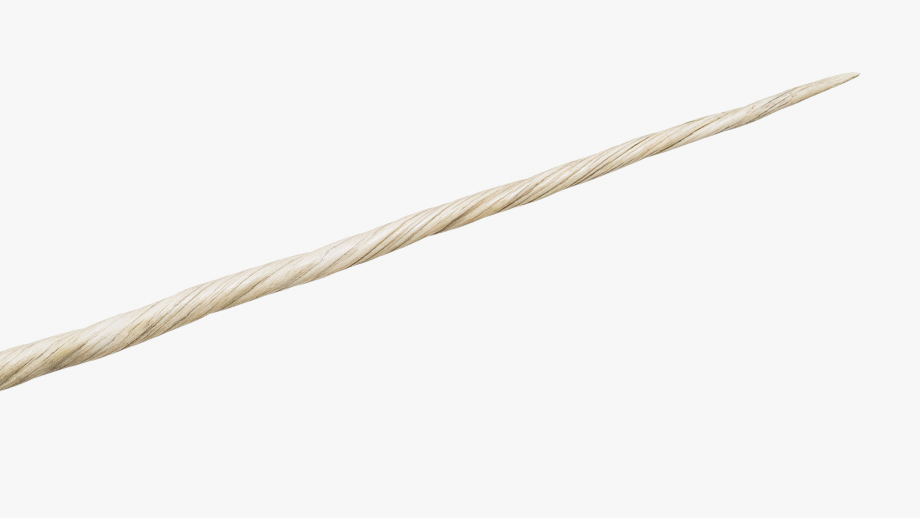Unicorn of the Ocean

Marita Fuchs; English Translation by Caitlin Stephens, UZH Communications.
The favorite of visitors to the Zoological Museum, Meggie the giant ground sloth, has sadly had to retire to the happy hunting grounds in the sky. But don’t worry, the gap left by Meggie is soon to be filled with an equally spectacular exhibit: The tooth of a narwhal. The 2.2-meter-long tooth weighs in at six kilograms and is one of the oldest items in the natural history collection. In 1675, chief physician of the city of Zurich Johannes von Muralt exhibited the rare object in the cabinet of curiosities of the Wasserkirche, where it hung until 1780. People were fascinated by the enormous tusk, which they believed to be the horn of a unicorn, regarding the curio as proof of the mythological creature’s existence.
It was the Vikings who originally brought looted narwhal teeth to Europe. In the 16th century, the “horns”, which could be as long as three meters, fetched very high prices – literally worth their weight in gold. Kings, princes and anyone else who could afford to drank their wine from the unicorn drinking horns in the hope that they might thereby imbibe the magic properties of the mythological creature. It was only toward the end of the 17th century that doubts arose about whether unicorns really existed.
Still later, zoologists puzzled over the function of the tooth, which pierces through the narwhal’s head to become like a horn. We now know that the tooth of the narwhal (Monodon monoceros) is a sense organ containing ten million nerve endings. Narwhals use it to measure the salt content, temperature and possibly also the chemical composition of the arctic waters they live in. The mammals’ curious name also comes from the Vikings – narh-wal in old Norwegian means “corpse”. The name was apparently inspired by the creatures’ technique of lying motionless on the surface of the water to allow their blood and muscles to fill up with oxygen before diving. This floating technique and the dark color of the whales’ skin reminded the Norsemen of drowned bodies.